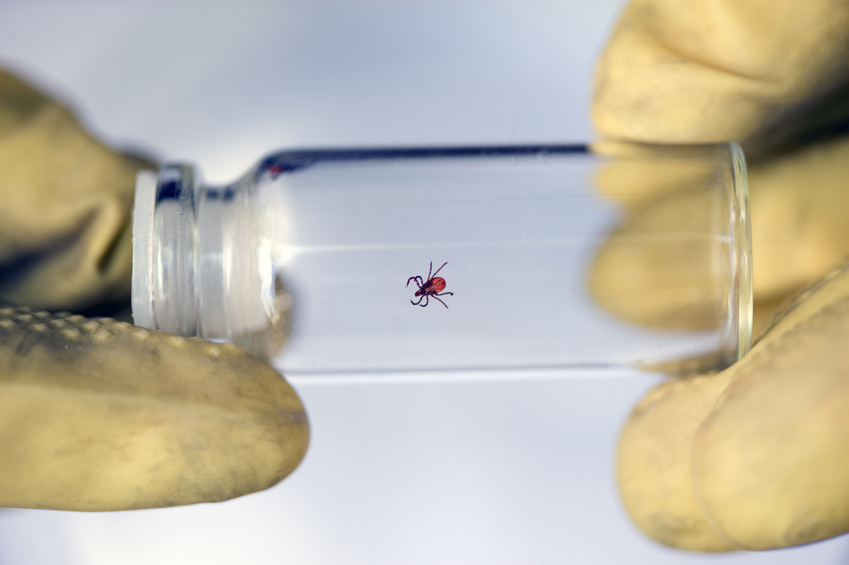The role of climate change in the spread of vectors and vector-borne disease in Windsor-Essex County
| Title | The role of climate change in the spread of vectors and vector-borne disease in Windsor-Essex County |
| Publication Type | Journal Article |
| Year of Publication | 2022 |
| Journal | Environmental Health Review |
| Volume | 65 |
| Issue | 3 |
| Date Published | 10/2022 |
| Authors | Sergeev AK, Lalonde C, Pons W |
| Abstract | West Nile virus (WNV) and Lyme disease have emerged as significant public health concerns in many parts of Canada. Vector-borne diseases (VBDs) are susceptible to climate change and changing weather patterns because mosquitoes’ and ticks’ lifecycles are significantly impacted by temperature, precipitation, and humidity. Over the last several decades, weather patterns related to climate change in Windsor-Essex County demonstrate tendencies for the further proliferation of invasive mosquito species in the area. In this study, increasing maximum January and February temperatures and number of days in May with temperatures above 30 °C demonstrated a positive impact on the number of WNV-positive pools and the annual rate of WNV. Given the results of this study, health units should consider adapting their vector-borne management strategies and risk assessment tools to include these parameters, which can help health units assess VBD risks for people during the season and develop risk communication strategies to protect public health. |
| URL | https://pubs.ciphi.ca/doi/10.5864/d2022-018 |







